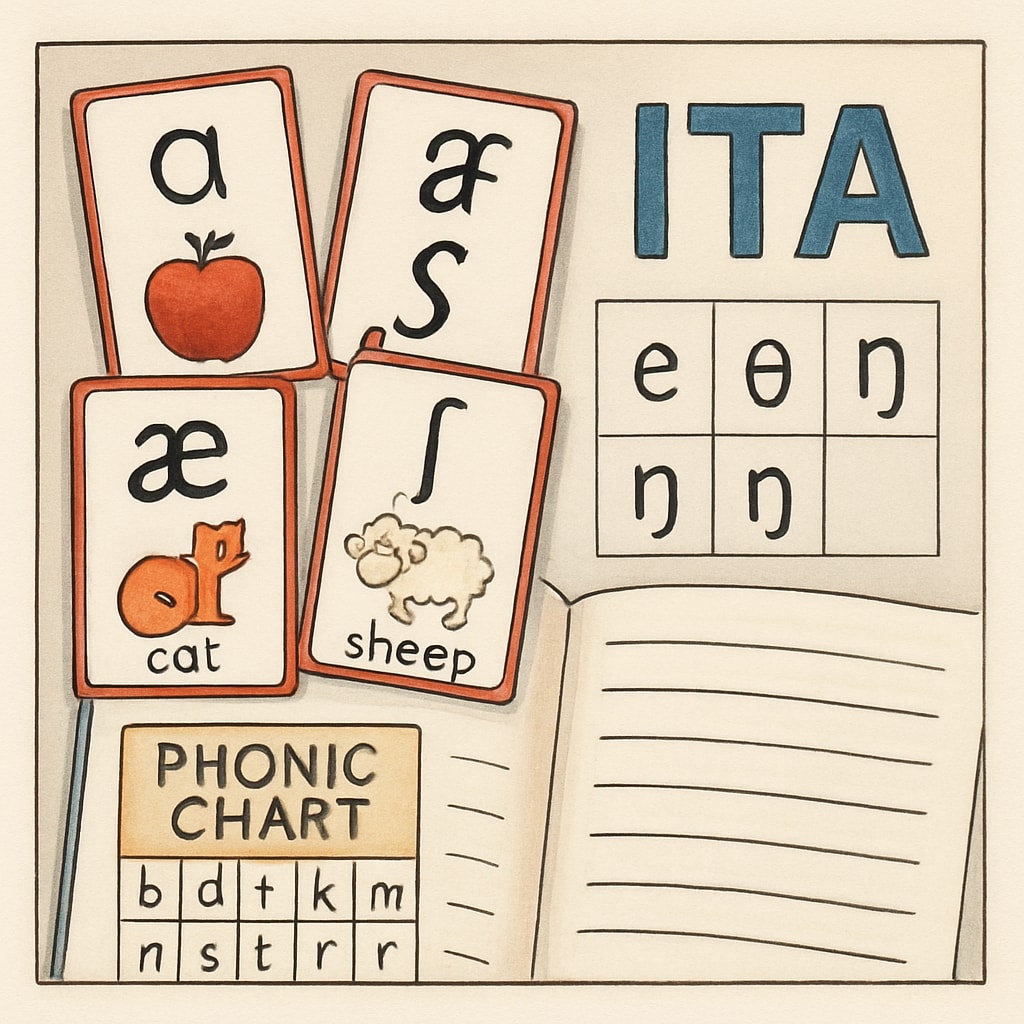The 1970s witnessed a fascinating educational experiment involving the ITA (Initial Teaching Alphabet) teaching method. This innovative approach was designed to enhance early reading skills by simplifying the English alphabet. While ITA gained initial praise for its ability to accelerate reading proficiency, researchers later raised concerns about its long-term impact on spelling abilities. As we look back, ITA offers a compelling case study of how educational experiments can deliver mixed outcomes, particularly in areas like language learning.
What Was the ITA Teaching Method?
ITA, or the Initial Teaching Alphabet, was developed in the 1950s by Sir James Pitman, a British educator. The system featured 44 phonetic symbols that represented the sounds of spoken English, matching closely with the phonemes of the language. The goal was to eliminate the inconsistencies of traditional English spelling, making it easier for children to decode and pronounce words accurately. By the 1960s and 70s, ITA was widely adopted in schools across the UK and the US as an experimental tool for teaching young children to read.
Proponents of ITA highlighted its early success. Students taught with ITA often displayed faster reading comprehension rates compared to their peers using traditional orthography. However, this simplified system came with a trade-off: it deviated significantly from standard English spelling, potentially leading to confusion as children transitioned to conventional writing systems.

How Did ITA Affect Spelling Skills?
While ITA was effective in improving reading fluency during the early stages of education, its long-term impact on spelling became a subject of concern. Since ITA used phonetic symbols that differed from standard English letters, children had to unlearn the ITA system and re-learn traditional spelling. This dual learning process often led to inconsistencies and persistent spelling errors.
For example, words like “cat” might be represented phonetically in ITA, but the transition to traditional spelling required students to reconcile the difference. As a result, some students struggled with the irregularities of English spelling, experiencing difficulties that persisted into adulthood. This issue was compounded by the fact that ITA did not expose students to the nuances of English orthography early on, delaying their mastery of standard spelling rules.
Long-Term Implications of ITA
Research conducted in the decades following ITA’s implementation revealed several important insights:
- Students taught using ITA often faced challenges with spelling accuracy, even years after transitioning to traditional orthography.
- The method’s focus on phonetics sometimes hindered the development of visual memory for standard word forms, which is critical for fluent spelling.
- While ITA improved reading speed, it did little to address the deeper complexities of English spelling, such as silent letters, homophones, and irregular patterns.
As a result, many educators and linguists questioned the overall efficacy of ITA. By the late 1970s, the method fell out of favor, replaced by more balanced approaches that emphasized both phonetic decoding and traditional spelling from the start.

Lessons Learned from ITA
The ITA experiment offers several valuable lessons for modern education:
- Balance is key: Teaching methods must strike a balance between simplifying concepts and preparing students for real-world applications.
- Transitions matter: Any educational system that requires transitioning between different frameworks (e.g., ITA to traditional English) must provide adequate support to ensure long-term success.
- Research is essential: Long-term studies are crucial to understanding the full impact of experimental teaching methods.
Today, educators continue to explore innovative ways to improve literacy. However, the ITA experiment reminds us that short-term gains should not come at the expense of long-term outcomes. The complexities of language learning require methods that address both immediate needs and future challenges.
Readability guidance: This article uses accessible language, short paragraphs, and clear transitions to ensure readability. Key points are summarized in lists for clarity, and technical terms are explained for a general audience.


